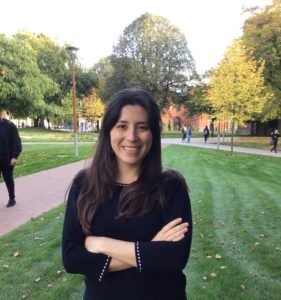
School of Sport, Exercise and Rehabilitation Sciences
My career as a researcher has been influenced by my physiotherapy degree and clinical practice. The main emphasis of my research is to understand how chronic pain influences the control of the central nervous system or body movements and how exercise/training can influence such changes. In order to do so, I have used neurophysiological tools to study the possible changes that occurred in the brain in people with chronic low back and neck pain and their relationship with movement impairment. I focused on the study of the functional changes in motor control and their possible underlying mechanisms related to pain, to better understand how the motor system is affected by persistent pain conditions. The outcomes of my work have increased and improved the evidence to advise the adaptation and creation of rehabilitation interventions.
In this new phase, I aim to investigate the progression of pain mechanisms and variability between people. In collaboration with the team of experts on high-density EMG (HDsEMG) and state-of-the-art research technology at CPR Spine, I aim to assess variability in regional activation of erector spinae in people with low back pain. By combining two research techniques HDsEMG and transcranial magnetic stimulation, we will be able to perform an extensive characterisation of the organisation of the activation of regions within the lumbar muscles with respect to different locations within the M1 and compare the possible changes in people with low back pain. This series of studies will allow me to study profiles of motor cortex organisation that may relate to pain syndromes, extensive characterisation of clinical populations including aspects of motor control, sensory function and psychosocial factors, in people with chronic pain.
